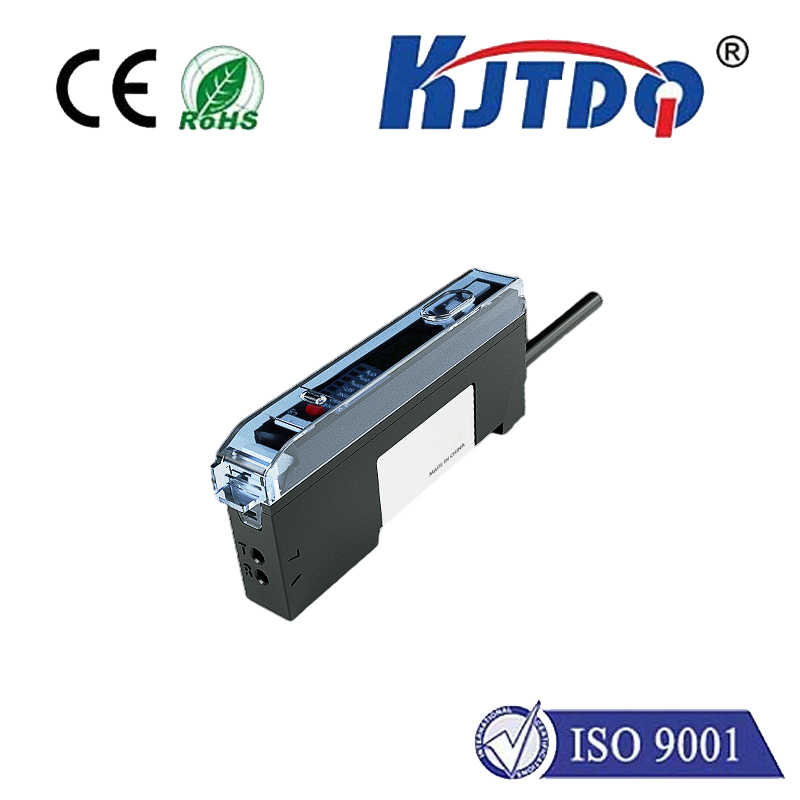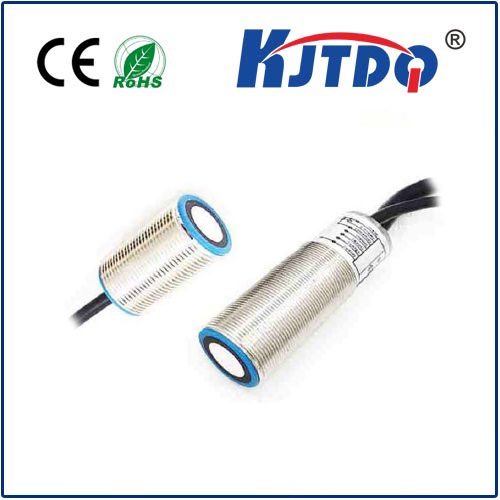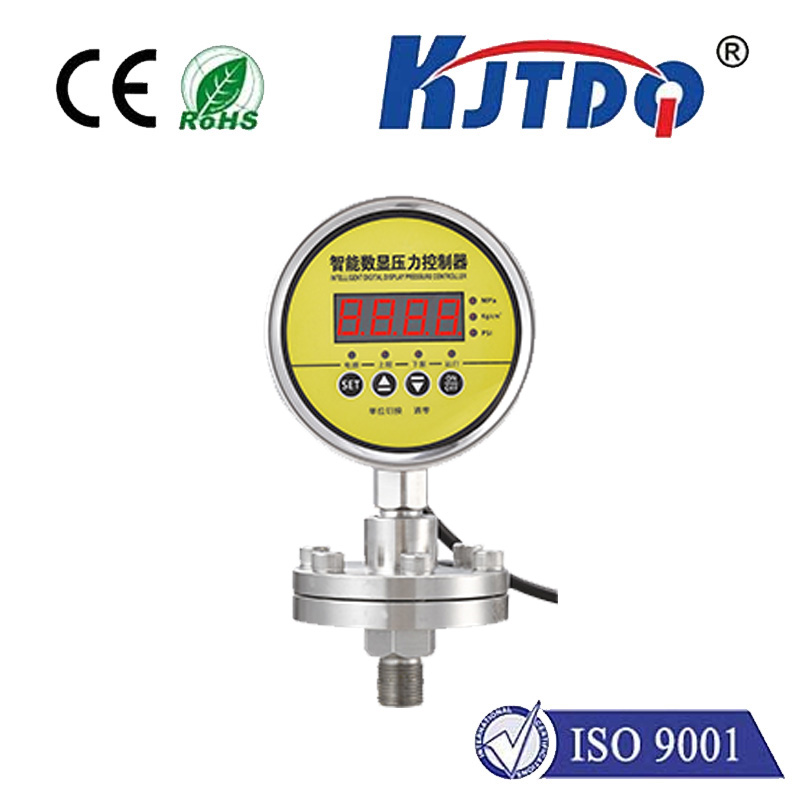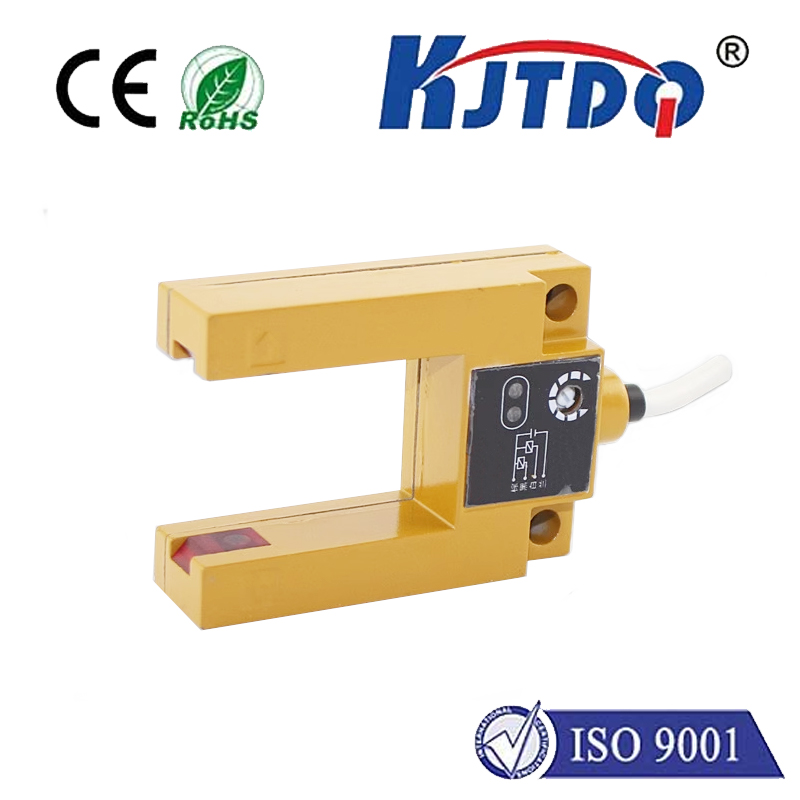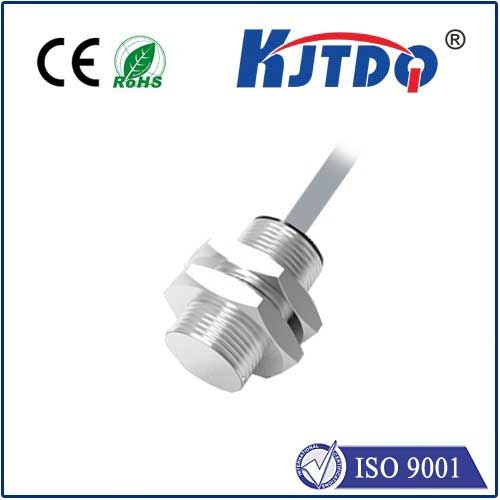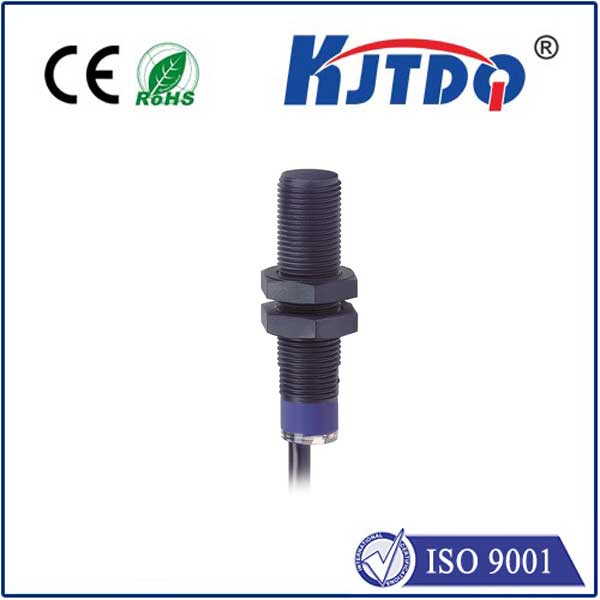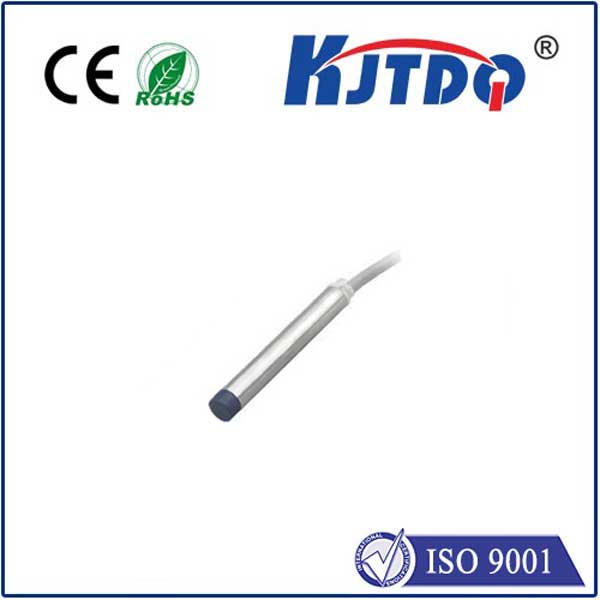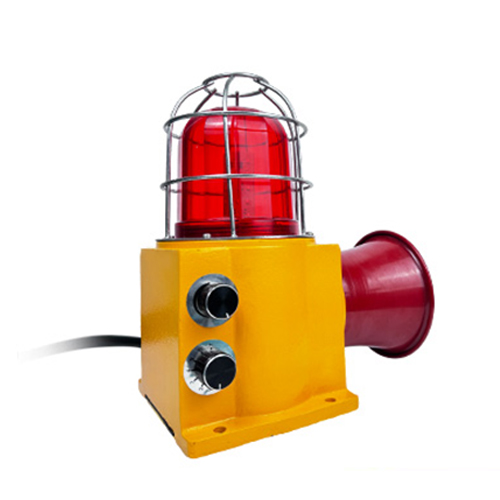

check

check

check

check

check

check

check

check

check

check
In the relentless pursuit of efficiency, safety, and quality within modern manufacturing and automation, the unseen heroes often make the most significant impact. Among these critical components are sensors – the eyes and fingertips of automated systems. When the task involves reliably detecting the presence or absence of metal objects without physical contact, Carlo Gavazzi inductive proximity sensors stand out as a premier choice for engineers and system integrators globally. Understanding their technology, capabilities, and diverse applications is key to optimizing industrial processes.
The Core Technology: Inductive Sensing Explained
At the heart of every Carlo Gavazzi inductive proximity sensor lies a fundamental principle of physics. These sensors generate an oscillating high-frequency electromagnetic field using a coil wound around a ferrite core within the sensing face. When a metallic target enters this active field, eddy currents are induced on the target’s surface. These eddy currents draw energy from the sensor’s oscillator circuit, causing a measurable change in its amplitude or frequency (depending on the specific operating principle).
This change is detected by the sensor’s internal circuitry, which then triggers an electronic switch – typically a solid-state NPN or PNP transistor output. The non-contact nature of this detection is crucial. It eliminates wear and tear associated with mechanical switches, ensures millions of reliable operations, and is immune to contamination like dust, oil, or coolants that could foul mechanical contacts. Carlo Gavazzi has honed this technology to deliver exceptional repeatability and sensing distance accuracy.
Carlo Gavazzi: Engineering Excellence for Industrial Environments

What distinguishes Carlo Gavazzi inductive sensors in a crowded marketplace? It’s a combination of robust engineering, versatile design, and adherence to stringent industrial standards:
Critical Applications Across Industries
The reliability and precision of Carlo Gavazzi inductive proximity sensors make them indispensable across countless automation scenarios:
Performance That Speaks Volumes: Key Specifications
Selecting the right Carlo Gavazzi inductive sensor requires considering several performance parameters:
Integration Advantage: Seamless with Automation Systems
Carlo Gavazzi inductive proximity sensors are designed for straightforward integration. Standardized M-series threaded barrels and connector types (like M8, M12) simplify mounting and wiring. The availability of pre-wired cables or quick-disconnect connectors further speeds installation. The extensive range ensures compatibility with virtually any PLC (Programmable Logic Controller) or controller input module. IO-Link variants unlock even greater value, enabling remote configuration, diagnostics, and process data monitoring, paving the way for Industry 4.0 predictive maintenance strategies.
Conclusion: A Foundation for Reliable Automation
From verifying simple part positions to enabling complex machine safety sequences, inductive proximity sensors are fundamental building blocks. Carlo Gavazzi’s unwavering commitment to quality, durability, and technological innovation positions their inductive sensors as a trusted solution. Engineers demanding high repeatability, robust construction for harsh environments, and versatile options for specific industrial challenges consistently find that Carlo Gavazzi proximity sensors deliver the reliable performance necessary for efficient, safe, and productive automated systems. When metal detection matters, these sensors provide the precise, non-contact feedback modern automation relies upon.
